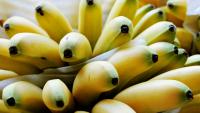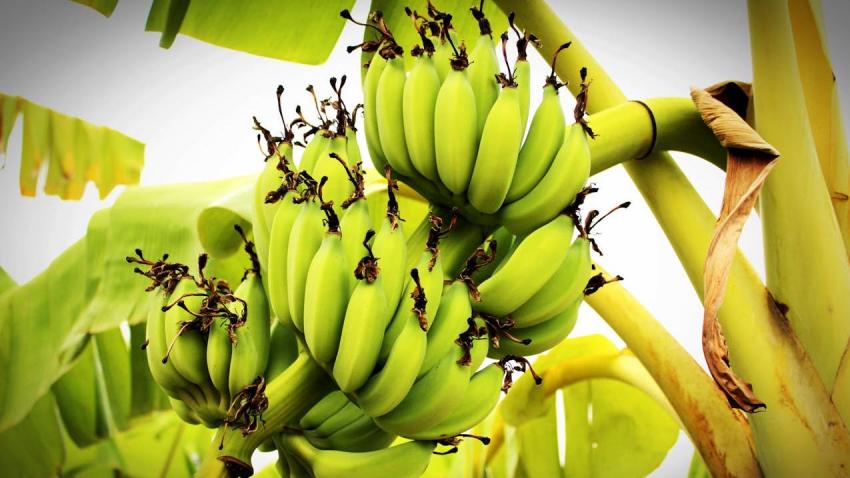You are here
Back to topShifting Landscape of Ecuadorian Banana Exports

The start of this year saw significant changes in the export landscape of Ecuador’s banana industry. In January, the sector’s exports totaled 32.41 million boxes, marking a decrease of 12.17% compared with the same period of 2023. Ecuador’s Banana Marketing and Export Association (ACORBANEC) and other statistics agencies in the country stated that this decline was consistent with the annual trend of ups and downs observed in recent years.
What may pique interest, however, is that the export destinations witnessed significant fluctuations in January. Traditional markets for Ecuador’s banana shipments all displayed decreased volumes, with exports to the European, Russian and Middle Eastern markets falling by 16%, 25% and 11%, respectively. On the other hand, considerable growth was observed for Africa and East Asia, up by 30% and nearly 9% year on year, respectively. Notably, China’s imports surged by 56% compared with the same period of 2023.
Looking ahead, China’s market share is projected to increase further, given that the free trade agreement between Ecuador and China is finally about to enter into force. Having settled internal disputes, Ecuador’s National Assembly voted to approve the FTA on Feb. 7, and one week later President Daniel Noboa issued a decree declaring the agreement’s official ratification. Anticipating the implementation of the FTA, the Ecuadorian banana sector previously projected that shipments to China may double in the next few years.
Meanwhile, in an effort to facilitate Ecuadorian banana exports, two logistics companies have joined forces to build a cold storage facility in Guayaquil, where Ecuador’s main seaport is located. Aptly named the “Guayaquil Banana Gateway,” the facility will be constructed by the Sweden-based reefer operator Cool Carriers in cooperation with the Contecon Terminal. This initiative is aimed at streamlining the process of consolidating bananas delivered from farm packhouses while offering exporters the space to store their fruit at the optimal temperature prior to vessel arrival. According to the project’s managers, the goal is that sea freight delays and other force majeure events will no longer affect the quality of exported fruit.
Statistics for February have not yet been released, but the export volumes and destinations may again deviate from the norm, given that Russian phytosanitary inspection agency Rosselkhoznadzor imposed a temporary ban on five Ecuadorian banana exporters from Feb. 5 over quarantine pest concerns, along with Russia’s subsequent diversification of its import sources, including India and China. Between January and November 2023, Ecuador shipped 1.3 million metric tons of bananas to Russia, its top single-country market, while exports to China amounted to approximately 256,510 metric tons.
Image: Unsplash














Add new comment